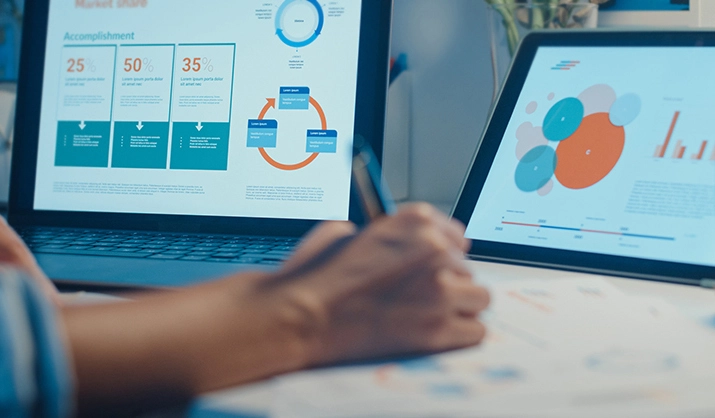The insights gained through optimization research can be used to pricing decisions, develop new product additions, and ensure that your products or services are fresh and relevant in a competitive market.
This process is critical to a brand’s ongoing growth journey, as it allows the team to focus on the right upgrades to drive demand, determine whether an expansion to the line is worthwhile, and set optimal price points to maximize revenue.
Optimization research answers critical questions and delivers key activation insights.
When we begin to work with teams on optimization research, we host conversations with a wide range of stakeholders to ensure we understand the project’s ultimate goals. From the earliest stages, we’re focused on developing research that will ultimately inform activation strategy by answering questions like:
- What optimization strategies will help maximize share or revenue?
- How important is brand versus price (and other features) in the decision process?
- Which factors have the greatest impact on purchase?
- What options are most preferred within a particular feature?
- What product factors are consumers willing to trade off?
- What is the optimal communication strategy that combines the overall message and proof points with the product?
Activation goals will inform the best research approaches to pursue.
Optimization studies have many elements to them, so we collaborate closely with stakeholder teams from the outset to ensure that we are clearly defining what features should be included in the research and what levels or options to look at within each feature. With so many factors to consider in optimization research, we use a number of tools and techniques to ensure the research is addressing the team’s key questions.
We often begin with qualitative immersive techniques to inform our decisions about what to test. Approaches like Real-Time Concept Optimizer (RTCO) evaluate early-stage ideas and help to gauge initial understanding of various product elements. We also use approaches like MaxDiff to prioritize long lists of items by asking respondents to evaluate them against each other to create a hierarchy of preferences that will guide what we include in the optimization.
We need to ensure we’re gathering data on the right options so that we can measure differentiation in a meaningful way. This up-front work ensures we’re developing the proper language and descriptions for what we test so that the options are clear to our respondents. Attention to detail results in meaningful data the team can act against.

By involving key leadership and stakeholders in the process early on we can build a specific research approach and tool kit, giving teams the best insights to act on so they can bring ideal products or services to market.”
Reviewing research with the team launches the conversation about opportunities.
When the findings come in, we look back at the team’s original questions and activation goals and host a working session where we invite the broader team in to summarize the report findings, and start to ideate on how the research implications will help them develop optimal products. We start a conversation about how the data impact important areas such as product design, revenue, and positioning/communications.
Simulation tools help teams explore and visualize optimization scenarios.
The working session is the first step in helping the teams digest the research. The next step is to help stakeholder groups develop a deeper understanding of the insights and guide them in using simulator tools to test how the research implications might improve the outlook for their product or service. These tools have the power to save teams many hours of data analysis.
We may ask them to create a “base case” of what they feel might work in their optimization strategy, including a lineup of what their competitors are offering. Teams can use the simulation tool to see how adding features, changing pricing, or tweaking other factors might change their opportunities within that scenario. We want to make sure that they can use the tools to visualize how the research can be used to help them address their critical business needs.
With the right insights, teams can build strong activation strategies that fuel growth.
We continue working with teams long after these sessions to help them refine their planning, and we schedule check-ins to test and measure the progress of their optimization strategies and long-term business objectives. By involving key leadership and stakeholders in the process early on we can build a specific research approach and tool kit, giving teams the best insights to act on so they can bring ideal products or services to market. Considering activation strategies from the early stages of the research delivers the best opportunities to maximize appeal and generate demand.
Want to talk about how optimization research can drive stronger activation?





